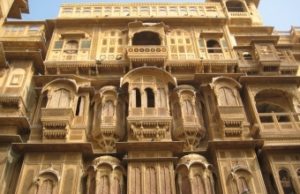
पटवों की हवेली
जैसलमेर का नाम आते ही रेत के धोरों के बाद सबसे पहला ख़याल आता है पटवों की हवेली का जो कि पत्थर पर करी हुई


जैसलमेर का नाम आते ही रेत के धोरों के बाद सबसे पहला ख़याल आता है पटवों की हवेली का जो कि पत्थर पर करी हुई

उत्तरप्रदेश के फ़िरोज़ाबाद को “चूड़ियों का शहर” कहा जाता है | अकबर ने फ़िरोज़ शाह नामक व्यक्ति के नेतृत्व में एक सेना यहाँ भेजी थी

राजस्थान का सबसे बड़ा जिला और समूचे देश में तीसरा सबसे बड़ा हिस्सा है जैसलमेर | इस जिले से लगी अंतर्राष्ट्रीय सीमा 464 किलोमीटर लम्बी
किशोर सागर और जगमंदिर पैलेस(Kishore Sagar and Jagmandir Palace) किशोर सागर झील 1346 में बूंदी के राजकुमार द्वारा बनवाई गई थी | इस झील की
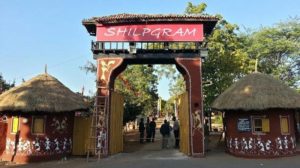
शिल्पग्राम उदयपुर से लगभग 3 किमी पश्चिम में स्थित है। इसे हस्तशिल्प गांव के रूप में भी जाना जाता है। इस ग्रामीण कला और
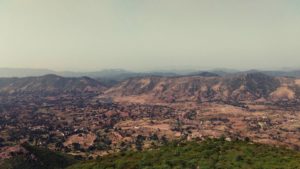
Peepliya Ji: This small hamlet is situated around 31 Km away from the main Udaipur city and is a heaven especially during monsoons. The lush
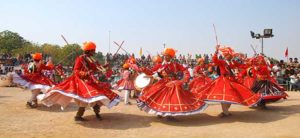
MARWAR FESTIVAL JODHPUR… one day to go!! The most popular festival in Jodhpur is the Marwar Festival. The two-day festival is held every year in

Bagore Ki Haveli is an ancient building that stands near Gangaur Ghat in the environs of Pichola Lake. The grandeur of the architecture of the

Haldighati Heritage Run is a part of the Run to Breathe series of Runs. If historic battles and heroic deeds of the courageous soldiers get you
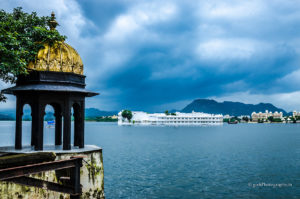
1o Places of Udaipur and their Hidden Facts Venice of the east or The City of Lakes and Palaces- Udaipur is one of the most

Odkryj elektryzującą atmosferę Pelican Casino, gdzie nowoczesne automaty i ogromne wygrane spotykają się z przełomową technologią, tworząc raj dla pasjonatów gier hazardowych. Każdy obrót bębnów to krok bliżej do wielkich nagród i emocji, które sprawią, że Twoje zakłady staną się niezapomnianą przygodą.
Zanurz się w świat ogromnych wygranych w Wazamba Casino, Twoim wymarzonym miejscu dla wyjątkowych slotów i progresywnych jackpotów, które przekształcają standardowy hazard w serię zwycięstw. Nasza platforma oferuje zaawansowane automaty z unikalnymi bonusami i darmowymi spinami, dostępnymi z każdego miejsca, w którym lubisz grać.
Przeżyj profesjonalny hazard w Vulkan Vegas Casino, gdzie pokerowa finezja, magia ruletki i taktyka blackjacka łączą się w perfekcyjnym widowisku. Każda sesja jest zaprojektowana, by maksymalizować emocje i szanse na wygraną dzięki naszej innowacyjnej technologii optymalizacji wypłat.
Dołącz do elity graczy w Verde Casino, gdzie wyjątkowe RTP i kolekcje premium jackpotów tworzą niezrównane doświadczenie hazardowe. Nasze zaangażowanie w doskonałość przejawia się w starannie wyselekcjonowanych automatach i systemach bonusowych, które zmieniają oblicze nowoczesnych kasyn.